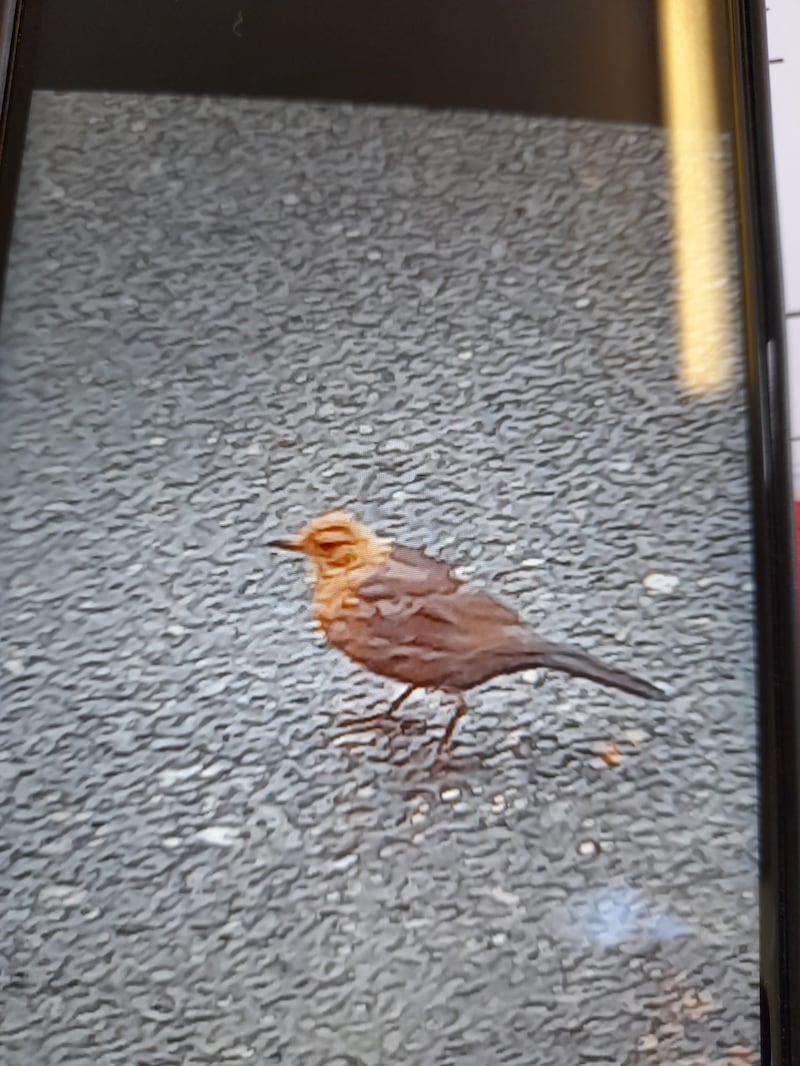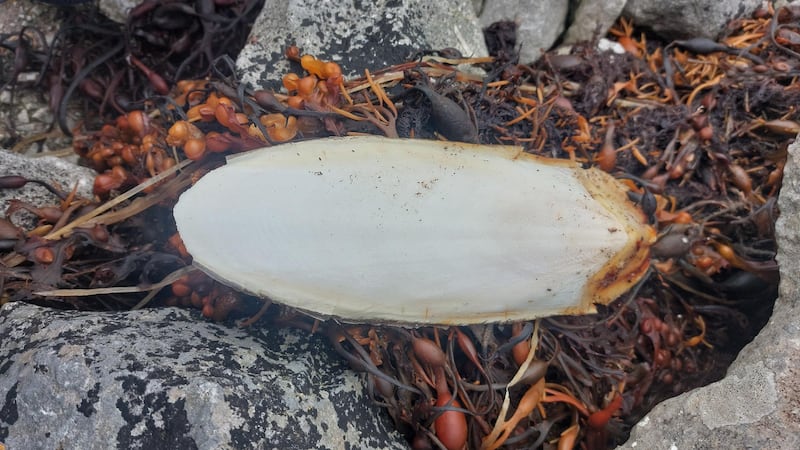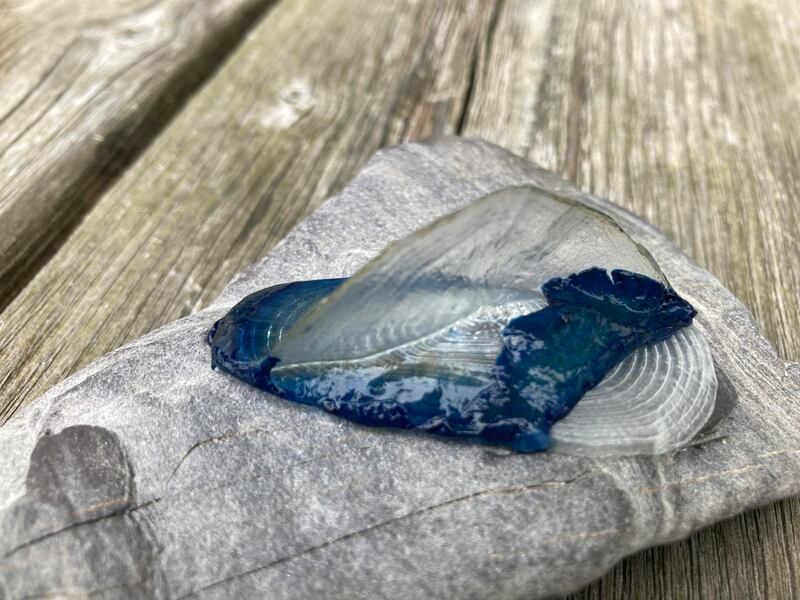Walking along a Donegal shore road recently I was delighted to see this ladybird. It only the second one I’ve seen this year. Can you tell me if it is eating those little bugs and, if so, are they aphids? Graham Copithorn
Good to see your picture of the seven-spot ladybird. Those are indeed black aphids, also called blackfly, and infestations of them weaken plants by sucking out the sap. They are a favourite food of both adult and larval ladybirds.

This bird was seen in a garden near Nenagh last month. It looks like a cross between a blackbird and a thrush and is about the size of a blackbird. We’ve lots of birds in the garden and they regularly accompany us as we work, but we have never seen one with this colouring before. Mary Kennedy
Niall Hatch of Birdwatch Ireland assures me that it is indeed a juvenile blackbird, just out of the nest and still being cared for by its father. Blackbirds are a species of thrush, of course, and this is particularly evident when they are very young, with paler heads and chests than the adults, as well as lots of spotting on the breast. They only look like this for a few weeks at most, quickly developing darker plumage overall.

I found this cuttlefish on Inishnakillew in Clew Bay, Co Mayo. I thought cuttlefish only survived in tropical waters; is it the result of global warming? Frank Folan, Ballyvaughan, Co Clare
While global warming is indeed affecting our oceans and bringing unusual species to our shores, it cannot be blamed in this case. The cuttlefish – Sepia officinalis – is native to the eastern Atlantic and the Mediterranean. The internal “bone” or shell, which is what you found, has many tiny holes that fill with gas and help it to float when alive. The ink of the cuttlefish was once used for making the colour sepia.

This bird was feeding on plant seeds in our garden. It was about the size of a thrush but with a yellowish head, more like a finch in colour. Could it be a starling with its head covered in pollen? There have been a lot of them feeding off this plant in the past few days. Brian McGovern, Portnoo, Co Donegal
This plant is the New Zealand flax, a native of that country. There, its generous supply of nectar is food for the tui bird, whose beak nicely matches the curve of the flax’s flowers. In return, neighbouring flax plants are pollinated with the pollen carried on the tui’s head. Our starlings have copped on to this source of food, as your photo shows, and can match the tui in fertilising viable seeds. The plant’s long pods hold hundreds of seeds and release them into the wind. So, another garden plant is now poised to become an invasive species as fertile seeds are produced by the pollinating starlings.

I found these on rocks in the stony Skibbereen inlet after outgoing tide. They were 6cm in length. Worth mentioning that the ebb tide also had literally thousands of saucer-sized jellyfish, many hundreds on the rocky shore. John J Kelly
This is a lovely photograph of Velella velella, the by-the-wind-sailor. It is not, strictly speaking, a jellyfish. It free-floats on the surface of the sea and consists of a transparent blue, oval-shaped disc that contains a horny skeleton enclosing a float, which keeps it at the surface. On top of this disc is a curved, fin-like sail that catches the wind. Huge groups can travel together and often get washed up on beaches.
Please submit your nature query, observation, or photo, with a location, via irishtimes.com/eyeonnature

















